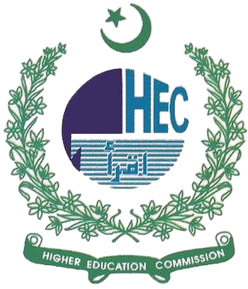INTEGRATING FAITH AND FUNCTION: AN ISLAMIC APPROACH TO UNDERSTANDING HUMAN PSYCHOLOGY
DOI:
https://doi.org/10.63878/jalt741Abstract
In an age where psychological sciences dominate discourses on human behavior, emotion, and cognition, the integration of faith-based perspectives becomes increasingly crucial for holistic understanding. This paper explores "Integrating Faith and Function: An Islamic Approach to Understanding Human Psychology Today", aiming to bridge contemporary psychological theory with Islamic theological and ethical teachings. Modern psychology often emphasizes empirical methods and secular frameworks, which, while effective in certain contexts, may overlook the spiritual and moral dimensions that are central to the human experience, particularly in Islamic traditions. Islam offers a comprehensive worldview that encompasses the physical, emotional, rational, and spiritual aspects of the human being, rooted in the Qur'an, Hadith, and classical Islamic scholarship.
This study critically examines key psychological concepts—such as mental health, motivation, self-concept, emotional regulation, and moral development—through the lens of Islamic teachings. It highlights how foundational Islamic principles like tawheed (oneness of God), nafs (self/soul), fitrah (innate disposition), and taqwa (God-consciousness) contribute to a deeper, more values-based understanding of the human psyche. Drawing from both contemporary psychological research and traditional Islamic sciences, the paper argues for a unified ethical framework that recognizes divine purpose and moral accountability as essential to psychological well-being.
Furthermore, the paper suggests that integrating Islamic teachings with psychological practice not only enriches therapeutic approaches for Muslim clients but also offers universal insights into the nature of human fulfillment, resilience, and behavioral transformation. By presenting case studies, theoretical models, and interdisciplinary analyses, this research emphasizes the importance of culturally and spiritually attuned psychological paradigms. Ultimately, this integration fosters a more inclusive, meaningful, and ethically grounded understanding of human psychology, aligning scientific inquiry with divine guidance.
Downloads
Published
Issue
Section
License

This work is licensed under a Creative Commons Attribution-NonCommercial-NoDerivatives 4.0 International License.



